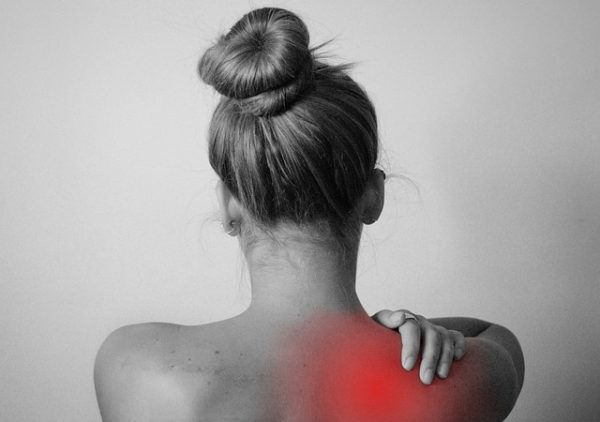If you’re anything like me, you’ve probably got a bottle of ibuprofen in the medicine cabinet that’s been opened more times than your fridge on a hot Florida afternoon. Many of us know pain all too well, whether it’s the creaky knees that remind us of every dance move we ever attempted, the hips that suddenly sound like a bowl of Rice Krispies, or the nagging back that seems to have a mind of its own. This article is NOT about serious pain that needs to be managed by a doctor; it’s about the aches and pains that come with aging, overexertion, or just bending down to pick something up the wrong way.
The truth is, while over-the-counter anti-inflammatories like ibuprofen or prescription meds like Celebrex and meloxicam can help in the short term, they’re not always the smartest long-term solution. Pills come with baggage: side effects, interactions with other medications, and that little voice in the back of your head wondering if you’re overdoing it.
So what is the alternative? The good news: relief doesn’t always have to come from a pill bottle. There are smarter, non-invasive, and even downright enjoyable ways to soothe pain that don’t involve reaching for another tablet. This includes the now accepted use of CBD and cannabis which isn’t listed here, but you can find all you need to know with the Leafy DOC cannabis guides over at the website. Let’s dig into some options that can keep you moving, grooving, and living life without feeling chained to pharmaceuticals.
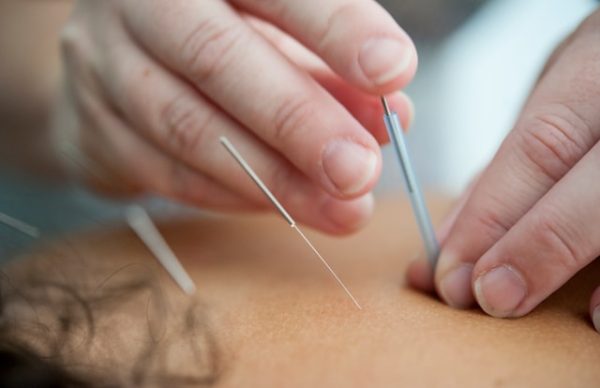
Acupuncture: Needles That Heal Instead of Hurt
I know, I know. The idea of someone sticking needles into you sounds like a nightmare. But hear me out. Acupuncture has been around for thousands of years, and modern research actually backs it up as a solid option for chronic pain, especially arthritis, back pain, and migraines.
Here’s why it works: acupuncture stimulates specific points in the body to release endorphins (your body’s natural painkillers) and improve blood flow. Many people find that after a few sessions, pain levels drop and mobility improves. Bonus: it’s drug-free and doesn’t mess with your stomach or liver the way pain pills can.
Pro tip: Look for a licensed acupuncturist with experience treating pain. You might walk in skeptical and walk out a believer.
Note: I just learned this week that my Medicare Advantage plan covers acupuncture. Check your insurance!! Also, I go to community acupuncture that’s pay what you can – I’m in a room with a few other people spaced WAY apart on recliners fully clothed (wear shorts and short sleeves).
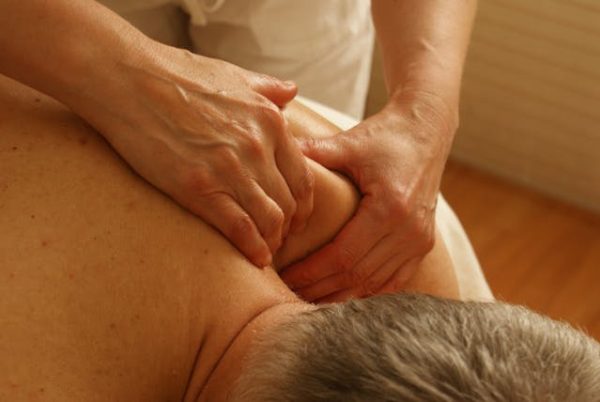
Massage Therapy: When “Spoiling Yourself” Is Actually Medicine
If you’ve ever treated yourself to a massage on vacation, you already know how good it feels. But massage isn’t just an indulgence, it’s therapy. Regular massage can ease muscle tension, improve circulation, reduce stress (which often makes pain worse), and even help with conditions like fibromyalgia and osteoarthritis.
Think of massage as pressing a “reset” button for your muscles. For those of us who are stiff from aging, it can also improve flexibility and help with posture (because let’s be honest, years of slouching at a desk or carrying grandkids can take their toll).
And here’s the best part: this is one “treatment” you’ll actually look forward to. No chalky pills, no scary side effects—just 60 minutes of bliss that also happens to help your body heal.
TENS Units: High-Tech Relief You Can Use at Home
Technology isn’t just about using your computer or smartphone; sometimes it’s our best friend, too. A TENS unit (short for transcutaneous electrical nerve stimulation) is a small, portable device that sends gentle electrical pulses through the skin to stimulate nerves. It sounds intense, but it actually feels like a light tingle or vibration.
Why it works: those little electrical signals interfere with pain signals traveling to the brain, basically distracting your nervous system. They also encourage the release of endorphins. Many boomers use TENS units for arthritis, back pain, and even post-surgery recovery.
The best part? You can buy one online without a prescription, and they’re usually easy to use at home. It’s like having a mini physical therapist in your living room.
- You can find them on sale at Amazon (just remember to replace the electrodes regularly)
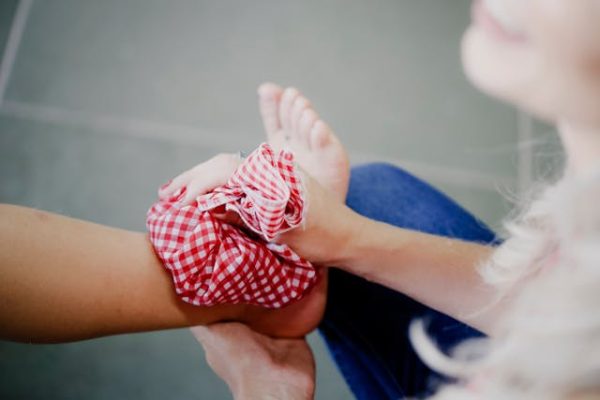
Heat & Cold Therapy: Old-School but Effective
Sometimes the simplest solutions are the best. Heat therapy—think heating pads, warm baths, or even those little stick-on heat patches—helps relax muscles and increase blood flow. Cold therapy—ice packs, gel packs, or even a bag of frozen peas—reduces inflammation and numbs sharp pain.
Here’s a trick: alternate between heat and cold. Use ice right after an activity to reduce swelling, then switch to heat later to relax muscles. It’s a one-two punch that doesn’t cost a thing (except maybe the dignity of explaining to your grandkids why their peas are off-limits).
Tip: Pick up a few paks that you can freeze or microwave to use for alternating.
- I’ve seen Packs of THREE Hot & Cold Gel Packs on Amazon for under $!6
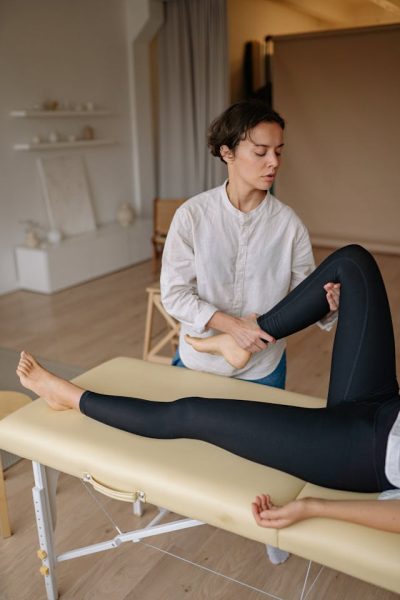
Physical Therapy: Training Your Body to Work Smarter, Not Harder
Think of physical therapists as body mechanics. They know how to get your joints moving smoothly again, strengthen the right muscles, and teach you exercises that prevent pain from coming back.
For boomers dealing with arthritis, post-surgery stiffness, or back pain, physical therapy can be a game-changer. The best part? It gives you tools to manage pain long-term instead of constantly reacting to flare-ups. Yes, it takes work, but it’s work that pays off.
Tip: Check with your health insurance, some will allow you a set amount a visits per year

Mind-Body Practices: Yoga, Tai Chi, and Meditation
Pain isn’t just physical—it’s also emotional. Stress and anxiety can make pain worse, and pain can create more stress. It’s a vicious cycle. That’s where mind-body practices come in.
-
Yoga improves flexibility, strength, and balance—all while calming the mind.
-
Tai Chi is gentler and often described as “meditation in motion.” It’s especially good for balance and joint health.
-
Meditation and deep breathing can actually rewire how your brain perceives pain, making it more manageable.
If you think yoga means twisting yourself into a pretzel, don’t worry. There are plenty of gentle, boomer-friendly classes (sometimes even chair yoga) that focus on stretching and breathing instead of acrobatics.
Tip: There are plenty of classes FREE online, as well as from places like AARP (both online and local)
Lifestyle Tweaks That Make a Big Difference
Sometimes, the little things add up to big relief. A few to consider:
-
Anti-inflammatory diet: Foods like salmon, leafy greens, berries, and olive oil can reduce inflammation naturally.
-
Hydration: Dehydrated joints = cranky joints. Drink more water.
-
Sleep: Your body heals at night. Skimping on sleep makes pain worse.
-
Movement: Sitting too much stiffens everything up. Even short walks help.
Why This Matters
Many of us are at an age where health isn’t about quick fixes anymore—it’s about longevity and quality of life. Pills can mask pain temporarily, but they don’t always address the root cause. Exploring alternatives like acupuncture, massage, TENS units, and lifestyle changes gives us options that are gentler, safer, and sometimes even more effective in the long run.
Plus, let’s be real: we’ve earned the right to enjoy solutions that feel good, not just functional. If relief comes with a side of relaxation, pampering, or mindfulness, that’s a win-win.
Final Thoughts
Pain doesn’t have to rule your life, and it doesn’t have to mean living with a pharmacy on your nightstand. By exploring alternatives—from acupuncture needles to yoga mats to high-tech gadgets—you can find smarter, more sustainable ways to manage discomfort and keep doing the things you love.
So next time your knee or back acts up, pause before reaching for that pill bottle. Your body just might thank you for trying something new.

